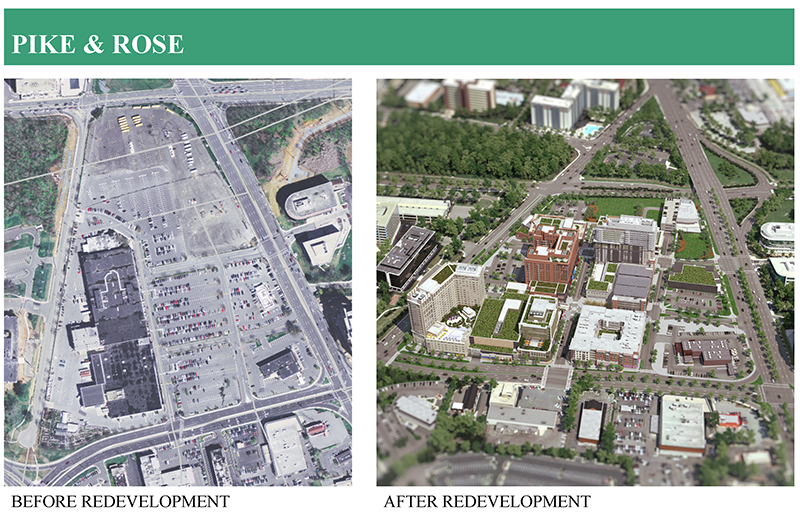syn
Senior Member
Interesting perspective!
To say the ridership will never be there to support it seems like a self-fulfilling prophecy. Mediocre transit service fails to convert car drivers, so we don't put anything better in. There is another school of thought that the area you can reach within a 45 or 60 minute travel envelope is actually an important metric for improving economic opportunity and dynamism. Much of the city is a long bus ride to a rail station (subway/GO). That means your options are take transit to a local low-wage service industry job, or take the car to a higher paying job further away.
If I bought a moving truck for daily personal use (groceries, etc.), would a friend be wrong in suggesting it's a waste of money as I'd never need that much space? Would it be a self-fulfilling prophecy? No. It's just reality. I'd never be able to fill the truck with enough groceries to make it a sensible investment.
The same is true here. Ridership won't be there to support it because these environments weren't designed for subways in the first place. They're lower density suburbs, designed for drivers. Over half a century of suburban expansion has made it clear that building expensive subway infrastructure does not generate sufficient ridership to justify the investment. It simply doesn't work.
To get people out of their cars, then we have to build environments that are transit friendly from the start. Building transit wisely is a far better investment than pouring billions of dollars into convincing people to use transit, especially when many of them moved out there in the first place to enjoy an auto-oriented lifestyle.
